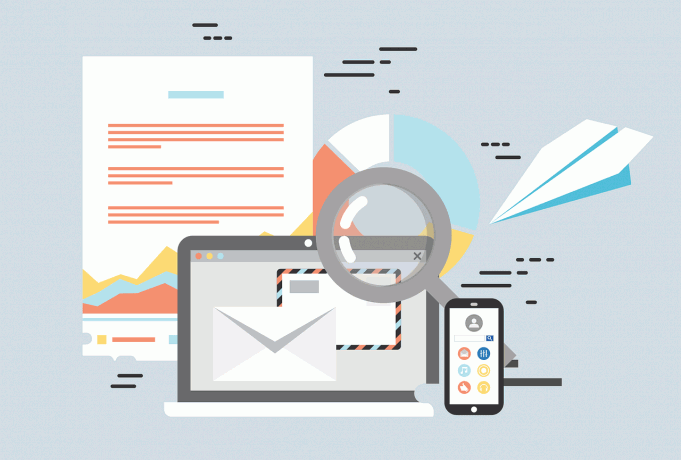Inbound marketing is an alternative business methodology. Inbound marketing relies on drawing in potential customers, rather than spamming them with conventional marketing techniques such as advertisements and emails. In inbound marketing methodology, the brand’s prime focus is on the creation of valuable products and services that answer the concerns of the customer.
Differentiating between Inbound and Outbound Marketing
Outbound Marketing
Outbound marketing is the conventional marketing technique that is practiced widely among businesses for the generation of sales. It involves a marketing technique in which the brand propagates their message among the masses and try to lure in customers. Unsolicited SMS and emails are being used increasingly in outbound marketing. However, the users may come across these as unnecessary and annoying. So they often rely upon services such as spam filters and ad blockers. Thus, outbound marketing may sometimes fail to produce the desired outcome.
Inbound Marketing
The idea of inbound marketing methodology was first introduced in 2005, as an alternative to traditional outbound marketing. This was introduced as increasing failures in the effectiveness of outbound marketing was observed widely. Inbound marketing is an intrinsic process. It studies the journey of the buyer and content is crafted in such a way that it is capable of converting visitors into potential customers and promoters for the product or service.
Inbound marketing is an effective method of marketing to nurture brand loyalty and boost the morale of the brand. It also helps to establish a relationship with the customer through trust and reliability. The genuine concern for the brand for its customers is reflected through inbound marketing. The results of an inbound marketing campaign may not be instant. An inbound campaign is not expected to generate a rise in sales overnight. However, an inbound marketing campaign does have numerous benefits in the long run.
Economical
In this digital era, mass marketing is very often ineffective, costly, and risky. Inbound marketing techniques involve more specific and focused advertising strategies. This could potentially save a lot of your money in the long run and simultaneously increase the return of investment (ROI).
Trustworthiness and Credibility
Inbound marketing techniques focus on demonstrating the practical solutions for the concerns and difficulties raised by the customer. It also allows the customers to conduct their own research and explore the benefits of the product.
Traffic Generation and Targeted Marketing
Inbound marketing allows the business to focus on the right audience for their product or service. It can be far more effective than just creating brand awareness among the audience. It also allows us to narrow down the audience and effectively create content custom-tailored for them.
Attracting customers is very crucial for an effective inbound marketing strategy. The creation of genuine and insightful content is equally important as choosing the right channels for the propagation of the promotional content. Content creation includes:
- Blogging
- Vlogging
- Testimonials reviews and case studies
- Publishing e-books and guides
Posting short and informative videos that describe the product can also attract the customers.









